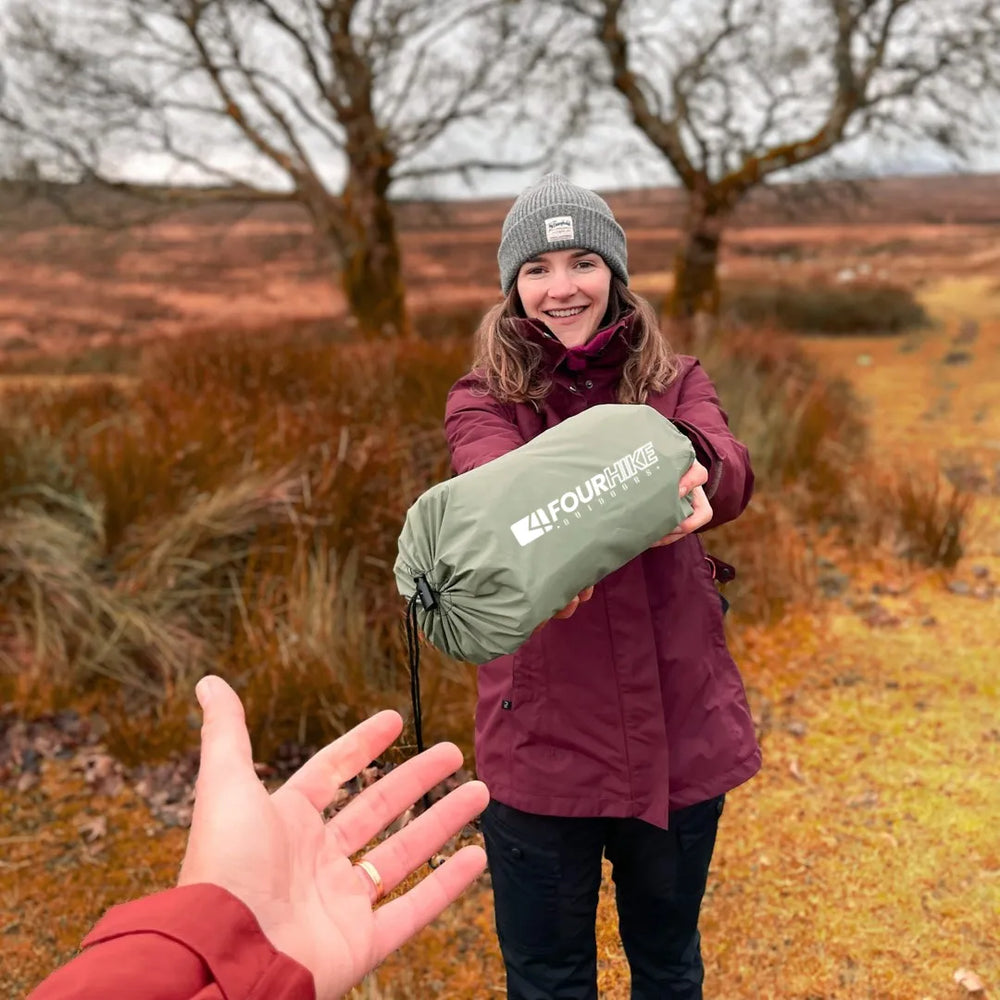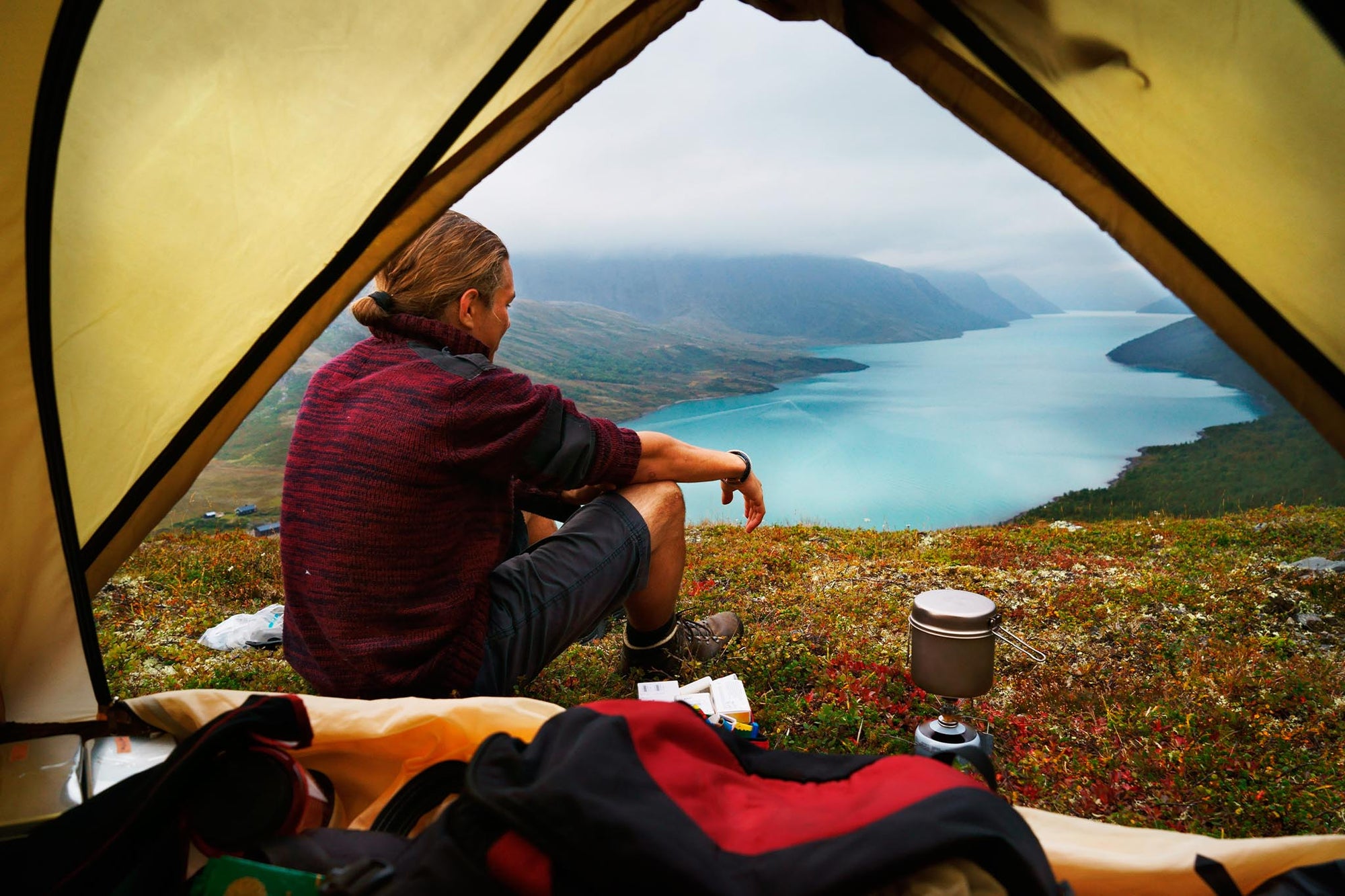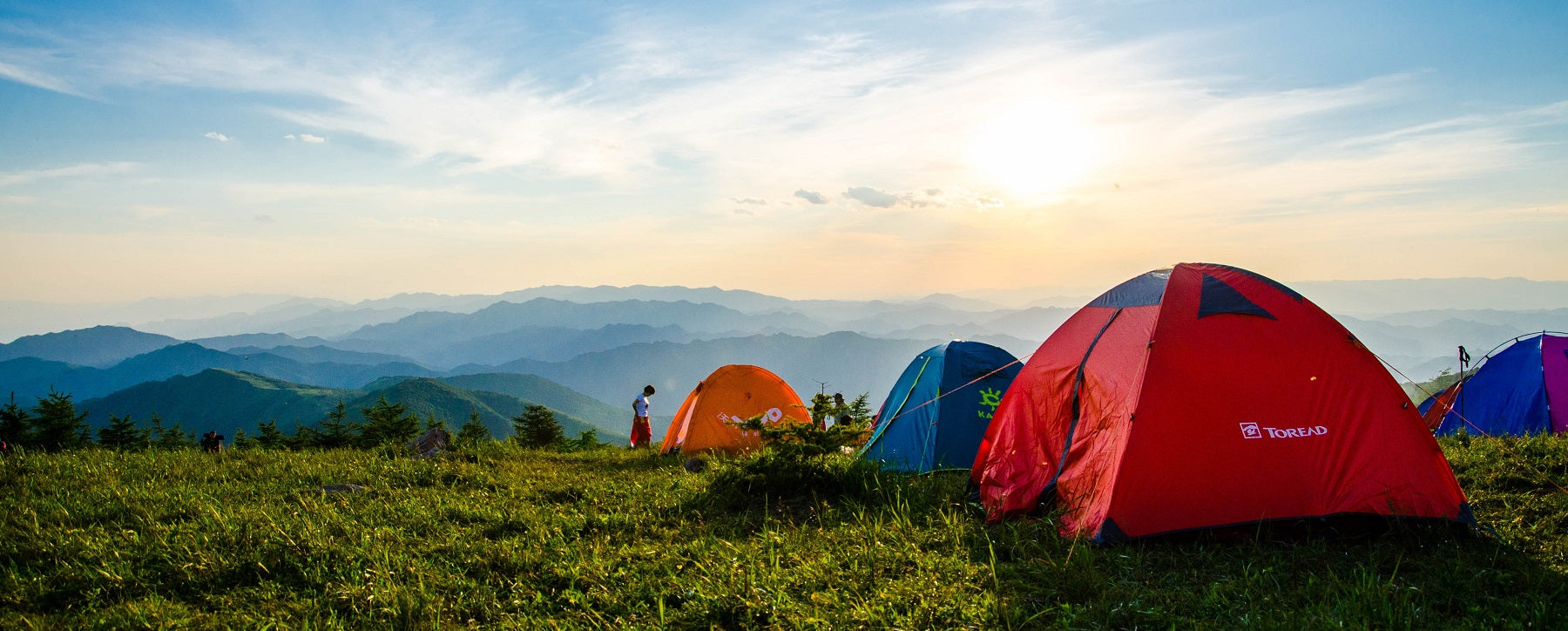Northern Lights Iceland: Best Time and Place to See Them
If you're looking for the best place to see the Northern Lights, Iceland is definitely a top contender. This natural phenomenon, also known as Aurora Borealis, is a breathtaking display of colorful lights that dance across the night sky. But when is the best time to witness this spectacular show in Iceland?
The Northern Lights are visible in Iceland from late August to mid-April, but the best time to see them is from September to March. During this time, the nights are longer and darker, which increases your chances of catching a glimpse of the lights. Keep in mind that the Northern Lights are a natural occurrence, so there's no guarantee that you'll see them on any given night. However, Iceland's location near the Arctic Circle and its lack of light pollution make it one of the best places in the world to witness this phenomenon.
If you're planning a trip to Iceland to see the Northern Lights, there are several factors to consider. The weather can be unpredictable, so it's important to dress warmly and be prepared for cold temperatures. It's also a good idea to book a tour with a local guide who can take you to the best viewing spots and provide insight into the science behind the Northern Lights. With a little bit of luck and some careful planning, you can witness one of the most awe-inspiring natural wonders in the world.
Understanding the Northern Lights
The Northern Lights, also known as Aurora Borealis, are a natural phenomenon that occurs in the polar regions of the world. They are caused by the collision of charged particles from the sun with the Earth's magnetic field. When these particles enter the Earth's atmosphere, they collide with gas particles, creating a colorful display of light.
The Northern Lights can be seen in many places around the world, but Iceland is one of the best places to see them. The country's location near the Arctic Circle makes it an ideal spot for viewing the Aurora Borealis.
The best time to see the Northern Lights in Iceland is from September to April. This is when the nights are longest and darkest, providing the best conditions for viewing the lights. However, it's important to note that the Northern Lights are a natural phenomenon and can never be guaranteed.
To increase your chances of seeing the Northern Lights in Iceland, it's important to choose a clear night with little to no cloud cover. You should also try to get away from light pollution by heading to a remote location, such as the countryside or a national park.
When viewing the Northern Lights, it's important to dress warmly as temperatures can drop significantly at night. You should also bring a camera to capture the stunning display of lights.
Overall, understanding the Northern Lights is an important part of planning a trip to Iceland to see this natural wonder. By choosing the right time and location, you can increase your chances of experiencing one of the most spectacular displays of nature.
Best Time to See Northern Lights in Iceland
When planning a trip to Iceland to see the Northern Lights, it's important to know the best time to go. Here are the peak and off-peak viewing seasons to help you plan your trip.
Peak Viewing Season
The peak viewing season for the Northern Lights in Iceland is from September to mid-April. During this time, the nights are longer and darker, providing optimal conditions for viewing the aurora borealis. Keep in mind that the weather can be unpredictable, so it's important to check the forecast and be prepared for cold temperatures.
Off-Peak Viewing Season
The off-peak viewing season for the Northern Lights in Iceland is from mid-April to August. During this time, the nights are shorter and the sky is not as dark, making it more difficult to see the aurora borealis. However, if you're willing to stay up late and venture out to darker areas, you may still be able to catch a glimpse of the Northern Lights.
Overall, the best time to see the Northern Lights in Iceland is during the peak viewing season from September to mid-April. However, if you're unable to travel during this time, you may still have a chance to see the aurora borealis during the off-peak season with some extra effort.
Best Places to See Northern Lights in Iceland
If you're planning a trip to Iceland in hopes of catching a glimpse of the Northern Lights, you're in luck! Iceland is one of the best places in the world to see this natural phenomenon, also known as the Aurora Borealis. Here are some of the best places to see the Northern Lights in Iceland:
Reykjavik
While Reykjavik is Iceland's capital city, it's not the best place to see the Northern Lights due to light pollution. However, if you're short on time or simply don't want to venture too far from the city, there are still some options for viewing the Aurora Borealis.
One popular option is to take a Northern Lights boat tour from Reykjavik's Old Harbor. These tours take you away from the city lights and into the darkness of Faxaflói Bay, where you'll have a better chance of seeing the Northern Lights. Another option is to take a bus tour to nearby areas with less light pollution, such as Þingvellir National Park or the Reykjanes Peninsula.
Overall, while Reykjavik may not be the best place to see the Northern Lights, it's still possible to catch a glimpse if you're willing to venture out of the city and away from the light pollution.

Preparation for Northern Lights Viewing
Weather Conditions
Before planning a trip to see the Northern Lights in Iceland, it is important to check the weather conditions. The best time to see the Northern Lights is from September to April when the nights are longer and darker. However, it is important to note that the weather in Iceland can be unpredictable, and it is essential to check the weather forecast regularly.
The ideal conditions for viewing the Northern Lights are clear skies, no moonlight, and low light pollution. It is recommended to check the cloud cover forecast and light pollution maps before heading out to see the Northern Lights.
Equipment Needed
To make the most out of your Northern Lights viewing experience, there are a few essential items you should bring with you.
- Camera: A camera with manual settings is essential for capturing the Northern Lights. A tripod is also recommended to keep the camera steady during long exposures.
- Warm Clothing: Iceland can get very cold, especially at night, so it is important to dress warmly. Layers are recommended, including thermal underwear, a warm jacket, and waterproof boots.
- Snacks and Drinks: Northern Lights viewing can be a long and cold experience, so it is essential to bring snacks and drinks to keep you energized and hydrated.
- Maps and Navigation: It is important to have a map and navigation system with you, especially if you plan on venturing out into remote areas to avoid light pollution.
By preparing for the Northern Lights viewing experience, we can increase our chances of seeing the elusive Aurora Borealis in all its glory.

Safety Tips for Northern Lights Viewing in Iceland
When planning to see the Northern Lights in Iceland, it is important to keep safety in mind. Here are some tips to help ensure a safe and enjoyable experience:
- Dress warmly: The temperatures can drop significantly at night, so be sure to wear warm clothing, including a hat and gloves. Layering is key, as you can remove layers if you get too warm.
- Wear appropriate footwear: The ground can be slippery, so wear shoes with good traction. Hiking boots or snow boots are recommended.
- Bring a flashlight: It can be dark out, so bring a flashlight to help navigate your way.
- Stay on designated paths: Some areas may be off-limits or dangerous to explore. Follow signs and stay on designated paths to avoid accidents.
- Be aware of your surroundings: Keep an eye out for any hazards, such as uneven ground or nearby bodies of water.
- Check the weather forecast: It's important to check the weather forecast before heading out. If conditions are unfavorable, it may be better to postpone your trip.
- Bring snacks and water: It's important to stay hydrated and well-fed, especially if you're planning to stay out for a long time.
By following these safety tips, we can enjoy the beauty of the Northern Lights in Iceland while also staying safe.
Best Camping Gear for Cold Weather
When camping in cold weather to see the Northern Lights in Iceland, it's important to have the right gear to stay warm and comfortable. Here are some of the camping essentials we recommend:
- Sleeping Bag: Invest in a high-quality sleeping bag rated for cold temperatures. Look for one with a hood and draft collar to keep your head and neck warm.
- Sleeping Pad: A good sleeping pad will provide insulation and cushioning from the cold ground. Look for one with an R-value of at least 4 for cold weather camping.
- Tent: Choose a tent with a sturdy frame and a rainfly to keep out the wind and snow. Look for one with a vestibule to store your gear and boots.
- Clothing: Dress in layers to stay warm and adjust your temperature as needed. Start with a moisture-wicking base layer, add an insulating layer, and top it off with a waterproof and windproof outer layer.
- Footwear: Invest in a pair of insulated and waterproof boots with good traction. Consider bringing a pair of camp shoes to wear inside the tent.
- Accessories: Don't forget to bring a warm hat, gloves, and a scarf to protect your face and ears from the cold wind. A headlamp or flashlight is also essential for navigating around camp at night.

By packing these camping essentials, you'll be prepared to stay warm and comfortable while experiencing the natural wonder of the Northern Lights in Iceland.
Conclusion: Embracing Nature's Marvel
Our journey to witness the Northern Lights in Iceland was more than a mere expedition; it was an odyssey into the heart of nature's grandeur. Armed with knowledge, curiosity, and the lens of our cellphones, we delved into a world where myth and science intertwine, capturing the essence of the Aurora Borealis in all its glory.
As fellow adventurers, we encourage you to embrace the magic of the Northern Lights, armed not just with cameras but with a sense of wonder and reverence for the natural world. The dance of lights above the Arctic skies is a reminder of the enchantment that our planet holds, inviting us to explore, marvel, and celebrate the mysteries of the universe.
Happy exploring under the Northern Lights!
Warm regards,
The Fourhike Team





